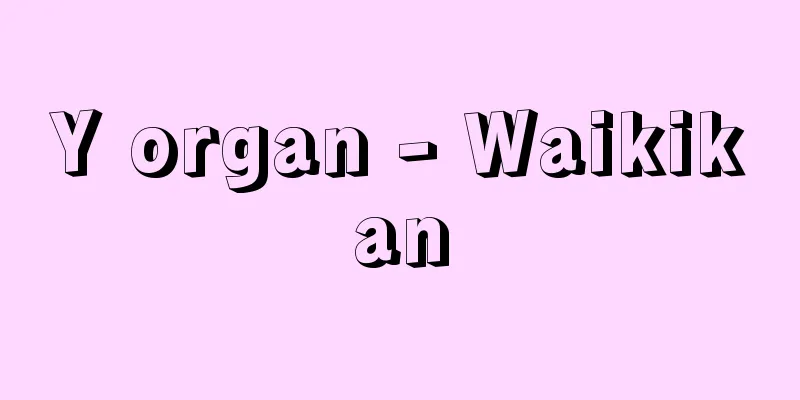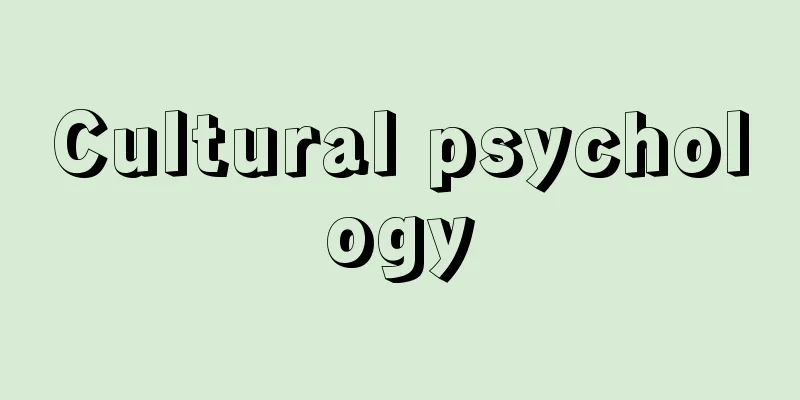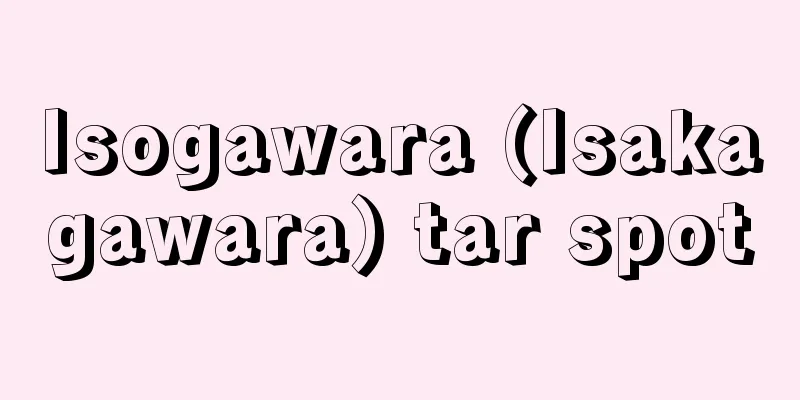Minor Offenses Law - Keihanzaiho

|
This law (Law No. 39 of 1948) criminalizes relatively minor illegal acts that occur in the everyday lives of the public. Article 1 of the Minor Offenses Law criminalizes various acts, including minor immoral acts, in items 1 to 34, and stipulates that anyone who falls under any of the items will be subject to the lightest penalties of "detention or a fine." The history of the Minor Offenses Law dates back to the 1873 (Meiji 6) Dajokan Proclamation No. 256 "Ishiki-Eiwa Jorei" (Ishiki-Eiwa Ordinance), the 1880 Criminal Code (Old Criminal Code) Part 4 "Keiba-Jitsu-Criminals" (Police Offenses Law), and the 1908 Ministry of Interior Ordinance No. 16 "Keisou-Shiki-Shi-Punishment-Right" (Police Offenses Punishment Law). The Police Offenses Punishment Law remained in force for a long time, but it was abolished when the Minor Offenses Law was enacted because it contained many pre-modern elements that conflicted with the principles of the Japanese Constitution enacted after World War II, and because it was used to oppress labor and mass movements, coupled with the "Keiba-Shiki-Shi-Summary-Jutsu-Right," which allowed punishment at the police station chief level. However, the Minor Offenses Law has provisions with the same intent for 28 of the 58 types of crimes in the Police Offenses Punishment Law, which accounts for the majority of the law. In light of the bitter experiences with the Police Offenders Punishment Ordinance, fears of its misuse were raised during the deliberation process of the new law, and a provision prohibiting abuse was therefore included in the law (Article 4). The current Misdemeanor Law provides for a total of 33 different minor crimes. These are: (1) crimes against public safety (such as the misuse of fire and explosives); (2) crimes against the public peace (such as vagrancy, rudeness and violence in public places, and disturbance of the peace); (3) crimes against public health (such as excretion and abandoning waste); (4) crimes against morals (such as exposing oneself, begging, and peeping); (5) crimes against person and freedom (such as carrying a weapon, conspiracy to commit injury, disruption of ceremonies, and stalking); (6) crimes against business and property (such as obstruction of business, trespassing in fields, removal of signs, and the like); (7) crimes against public duties (such as failure to cooperate in an emergency, making false declarations, and making false entries in the books); and (8) other (such as false titles). (Note that the crime of animal cruelty in Article 1, item 21, was deleted in 1973 when it was incorporated into Article 13 of the Animal Protection and Management Act.) In addition, the crimes under this law cannot be suspended (Article 25, Paragraph 1 of the Penal Code), but due to the wide range of extenuating circumstances, it is possible to exempt the sentence or impose both detention and a fine (Article 2). Instigation or accessory to the crimes under this law is punishable (Article 3. See also Article 64 of the Penal Code). [Tetsuro Nawa] [Reference item] |Source: Shogakukan Encyclopedia Nipponica About Encyclopedia Nipponica Information | Legend |
|
国民の日常生活における身近で比較的軽微な違法行為を、犯罪として処罰する法律(昭和23年法律39号)。軽犯罪法第1条は1号から34号において、ささいな反道徳的行為をも含めさまざまな行為を犯罪とし、いずれかに該当する者を、刑罰のなかでももっとも軽い「拘留又は科料に処する」旨を定めている。 軽犯罪法の沿革は、1873年(明治6)の太政官(だじょうかん)布告第256号「違式詿違条例」に始まり、80年の刑法典(旧刑法)第4編の「違警罪」、1908年の内務省令第16号「警察犯処罰令」にさかのぼる。警察犯処罰令は、施行以来長い間効力を有していたが、第二次世界大戦後施行された日本国憲法の理念に抵触する前近代的なものが多く含まれていたため、また、警察署長レベルでの処分を認めた「違警罪即決例」と相まって、労働運動や大衆運動の弾圧に利用されたこともあって、軽犯罪法が施行されたのに伴い廃止された。しかし、軽犯罪法は警察犯処罰令の58種の罪のうち、28種の罪につき同趣旨の規定を設け、その大部分を占めている。そこで、警察犯処罰令における苦い経験にかんがみ、同法の審議過程においてその濫用が危惧(きぐ)されたため、これを戒める「濫用の禁止」の規定(4条)が設けられている。 現行の軽犯罪法には、合計33のさまざまな軽微犯罪が規定されている。すなわち、(1)公共の安全に対する罪(火気、爆発物の乱用など)、(2)公共の平穏に対する罪(浮浪、公共の場所での粗野・乱暴、静穏妨害など)、(3)公衆衛生に対する罪(排泄(はいせつ)、汚廃物放棄など)、(4)風俗に対する罪(身体露出、乞食(こじき)、のぞきなど)、(5)身体・自由に対する罪(凶器携帯、傷害等共謀、儀式妨害、つきまといなど)、(6)業務・財産に対する罪(業務妨害、田畑等侵入、はり札・標示物除去など)、(7)公務に対する罪(変事非協力、虚構事実申告、帳簿不実記載など)、(8)その他(称号詐称など)、がそれである(なお、第1条21号の動物虐待の罪は、1973年「動物の保護及び管理に関する法律」第13条に編入されたため削除されている)。 なお、本法の罪は、刑の執行猶予が許されないが(刑法25条1項)、情状に幅があるため、その刑を免除することも、拘留および科料の併科も可能である(2条)。また、本法の罪の教唆または従犯は処罰される(3条。なお刑法64条参照)。 [名和鐵郎] [参照項目] |出典 小学館 日本大百科全書(ニッポニカ)日本大百科全書(ニッポニカ)について 情報 | 凡例 |
Recommend
Austro-Prussian War
1866: War between Prussia and Austria over leaders...
gable
…In the main nave, rectangular quarter vaults are...
Sugawara clan
A clan that separated from the Haji clan. Also ca...
Azerbaijan - Azeri
...In the 12th century, Haghani (?-1199) and Niza...
Aphelandra squarrosa (English spelling) Aphelandrasquarrosa
… [Takabayashi Masatoshi]. … *Some of the termino...
Poisonous plants - poisonous plants
A plant that contains a toxic substance in part o...
Koussevitzky
An American conductor and composer of Russian orig...
Polytrichum commune (English spelling)
… [Kitagawa Takashi]. … *Some of the terminology ...
Cychrus morawitzi (English spelling)
...There are 700 to 800 species of ground beetles...
Picture-writing song - Ekakiuta
This is a song sung as part of children's play...
Wright, Farnsworth
…Alongside Der Orchideengarten (1919-21), publish...
Land pawning registration rules - Land pawning registration rules
Law on land-secured financing, promulgated as a Da...
September Party
...The bourgeoisie, who had lost the Brazilian co...
Fujita Style
The name of a school of Noh flute players. The fou...
The three great revolutionary movements
A movement to promote the ideological, technologic...









